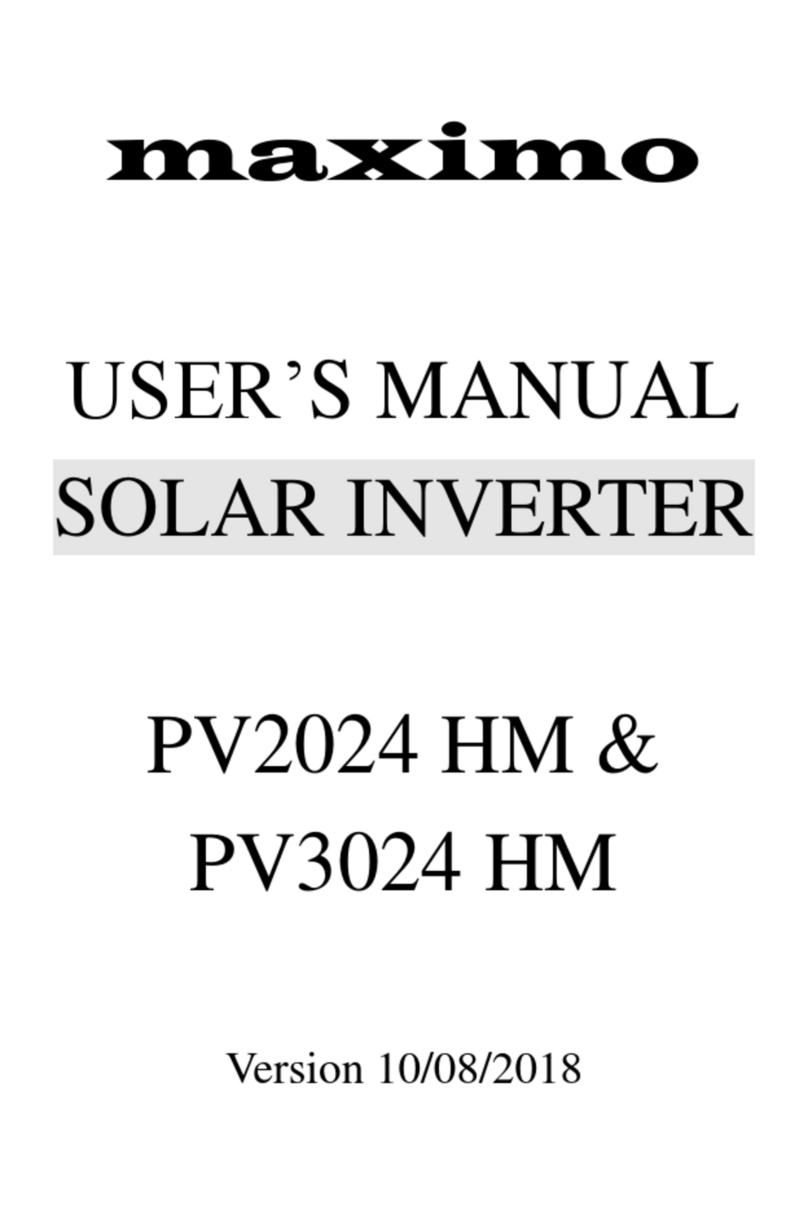1
Table of Contents
ABOUT THIS MANUAL ................................................................................................... 1
Purpose..........................................................................................................................................1
SAFETY INSTRUCTIONS .............................................................................................. 1
INTRODUCTION ........................................................................................................... 3
Features.........................................................................................................................................3
Basic System Architecture............................................................................................................3
Product Overview .........................................................................................................................4
INSTALLATION ............................................................................................................ 5
Unpacking and Inspection.............................................................................................................5
Preparation....................................................................................................................................5
Mounting the Unit.........................................................................................................................5
Battery Connection .......................................................................................................................6
AC Input/ Output Connection.......................................................................................................8
PV Connection............................................................................................................................10
Communication Connection .......................................................................................................11
Dry Contact Signal......................................................................................................................11
Connecting the CAN Cable ........................................................................................................11
OPERATION ................................................................................................................ 12
Power ON/OFF...........................................................................................................................12
Operation and Display Panel ......................................................................................................12
LCD Display Icons .....................................................................................................................13
LCD Setting................................................................................................................................15
Fault Reference Code..................................................................................................................20
Warning Indicator.......................................................................................................................22
Operating Mode Description.......................................................................................................23
Display Setting............................................................................................................................25
SPECIFICATIONS .....................................................................................................................26
Table 1 Line Mode Specifications..............................................................................................26
Table 2 Inverter Mode Specifications.........................................................................................27
Table 3 Charge Mode Specifications..........................................................................................28
Table 4 General Specifications...................................................................................................29
TROUBLE SHOOTING ................................................................................................. 29
Appendix: Approximate Back-up Time Table .......................................................... 30




























